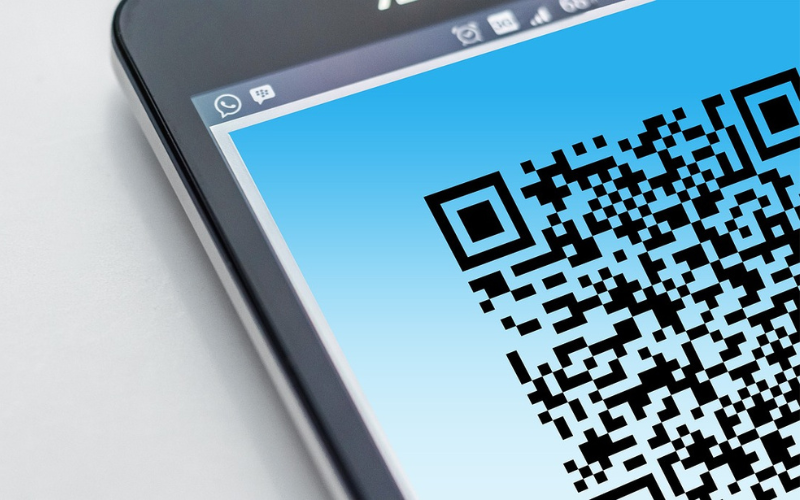QR codes have simplified mobile payments and can be spotted at every shop and with every merchant. They offer a convenient way to access information, make payments, and authenticate services quickly by simply scanning a code with a smartphone.
However, with the rising convenience, QR codes are also being used by cybercriminals to cheat people. Cybercriminals exploit the simplicity and trust associated with QR codes to trick unsuspecting users into revealing personal information, downloading malicious software, or making fraudulent payments.
How QR Code scams work
Scammers can generate QR codes that link to malicious websites designed to steal personal information or install malware on your device. These websites often mimic legitimate sites to deceive users. QR codes can direct users to phishing sites that look like legitimate login pages.
Once users enter their credentials, scammers can steal this information. QR codes used for payments, especially in environments like restaurants or retail stores, can be replaced with fraudulent codes too. Scanning these codes can direct payments to the scammer’s account.
Additionally, scanning a QR code can initiate a download of malicious software onto your device, compromising your security and privacy.
How to protect yourself from QR Code scams
- Verify the source: Before scanning a QR code, ensure it comes from a trusted source. Avoid scanning codes from unknown or suspicious sources.
- Inspect the QR Code: If you are scanning a QR code in a public place, such as a restaurant or parking meter, check for signs of tampering. Look for stickers or overlays that might indicate a fraudulent code placed over the original.
- Enable security settings: Ensure your smartphone’s security settings are enabled, such as a robust antivirus program, which can help detect and block malicious activities.
- Avoid entering sensitive information: Be cautious about entering personal information after scanning a QR code, especially if it directs you to a login page or asks for payment details. Verify the legitimacy of the site first.
- Stay informed: Educate yourself about the latest QR code scams and how they operate. Awareness is a critical step in preventing yourself from becoming a victim.
